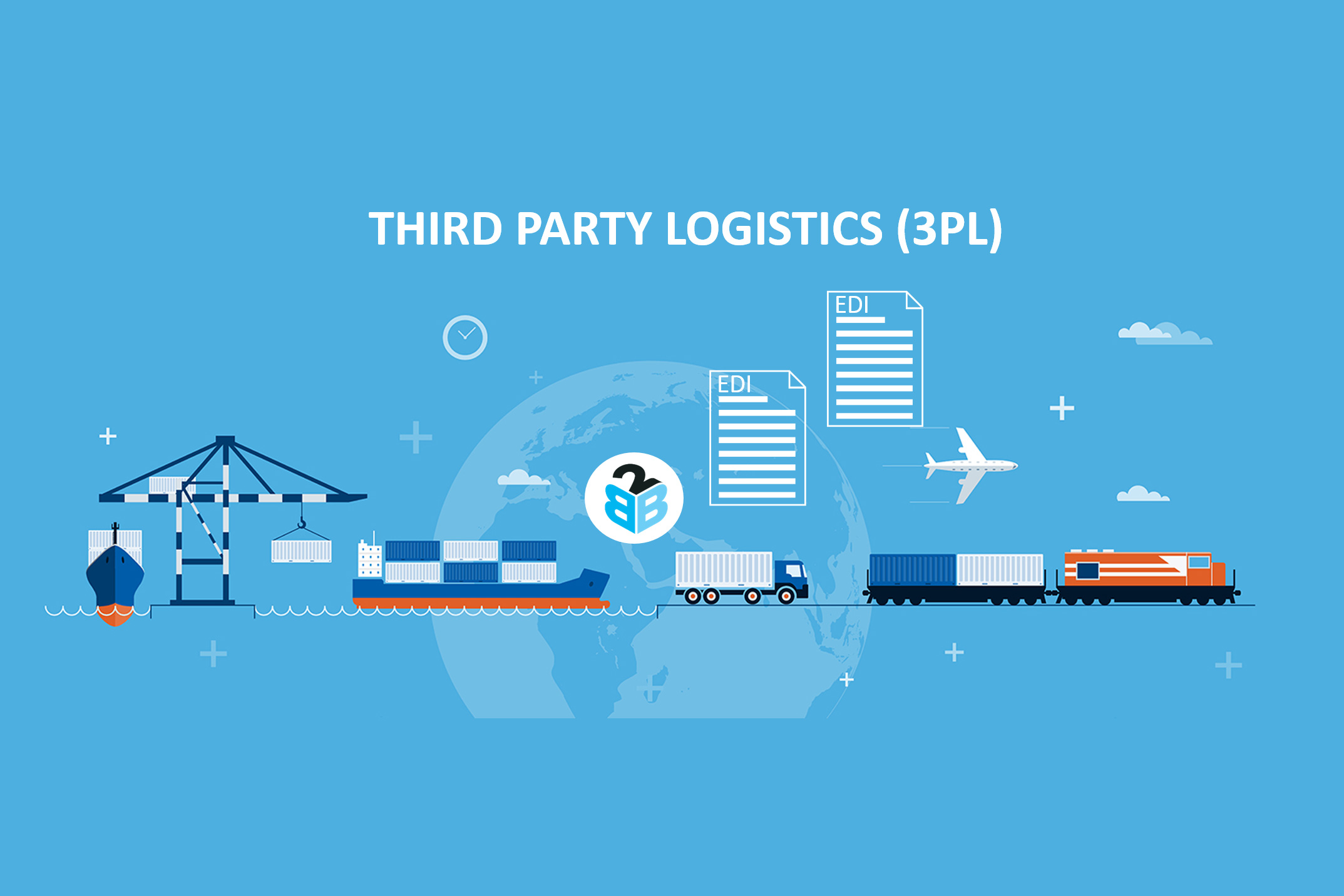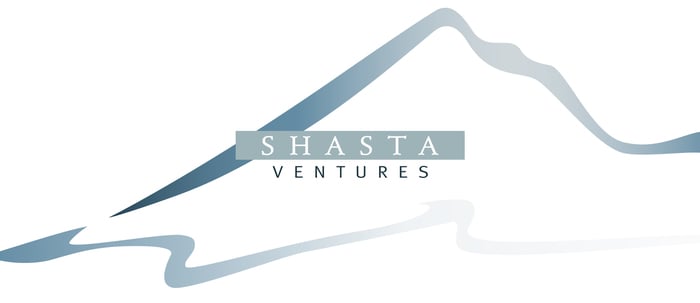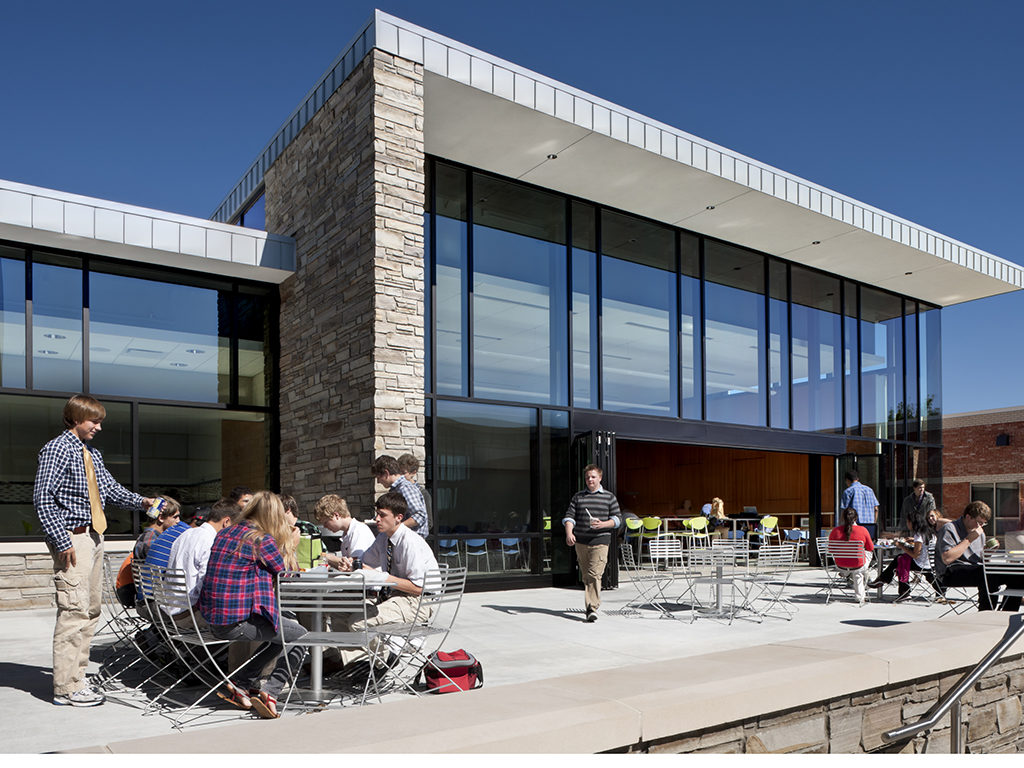Cutting the Cord: How Starller Saved Me Money and Expanded My Content Universe
The concept of “cutting the cord” has become increasingly popular. As consumers seek more flexibility, affordability, and variety in their entertainment options, streaming platforms have emerged as a viable alternative to traditional cable TV. Among these platforms, Starller has distinguished itself as a game-changer, offering a wide range of content at a fraction of the cost of traditional cable subscriptions. In this article, we’ll explore how Starller has revolutionized the way we consume entertainment, saving money while expanding our content universe.
Breaking Free from Cable
For years, many consumers felt tethered to their cable subscriptions, paying hefty monthly fees for bundles of channels they rarely watched. The rise of streaming platforms like Starller has provided an escape route, allowing users to “cut the cord” and access their favorite content on-demand, without the need for expensive cable packages.
Affordability Without Sacrificing Variety
One of the most compelling reasons to switch to Starller is its affordability. With subscription plans starting at a fraction of the cost of traditional cable TV, Starller offers significant savings without sacrificing content variety. Whether you’re a fan of movies, TV shows, documentaries, or original programming, Starller’s vast library has something for everyone. From classic films to the latest releases, Starller ensures that users have access to a diverse range of content without breaking the bank.
On-Demand Convenience
One of the key advantages of Starller is its on-demand nature, allowing users to watch their favorite content anytime, anywhere, and on any device. With Starller, there are no schedules to adhere to or recordings to set – simply browse the catalog, choose your desired content, and start streaming. Whether you’re at home, on the go, or traveling abroad, Starller ensures that your entertainment is always within reach, providing unmatched convenience and flexibility.
Personalized Recommendations
Starller takes the guesswork out of finding something to watch with its personalized recommendation engine. By analyzing your viewing habits, preferences, and interactions, Starller curates a selection of content tailored to your tastes, ensuring that you always have something to enjoy. Whether you’re in the mood for a new movie, a binge-worthy TV series, or a documentary on a niche topic, Starller’s personalized recommendations make it easy to discover new favorites and expand your content universe.
Access to Exclusive Content
In addition to its extensive library of movies and TV shows, Starller offers access to exclusive content that can’t be found anywhere else. From original series and documentaries to live events and exclusive premieres, Starller’s exclusive content provides added value and excitement for subscribers. Whether you’re a fan of groundbreaking dramas, thought-provoking documentaries, or star-studded events, Starller ensures that you have access to the latest and greatest content from around the world.
Family-Friendly Options
For families looking to cut the cord, Starller offers a range of family-friendly options to suit all ages and interests. With parental controls, kid-friendly content, and educational programming, Starller provides a safe and entertaining environment for children to explore and discover. Whether it’s animated classics, educational shows, or family-friendly movies, Starller offers something for every member of the family to enjoy.
Embracing the Future of Entertainment
As the streaming revolution continues to reshape the entertainment landscape, Starller remains at the forefront, leading the charge towards a more flexible, affordable, and diverse future. By offering a wide range of content at a fraction of the cost of traditional cable subscriptions, Starller has empowered users to take control of their entertainment experience, saving money while expanding their content universe. Whether you’re a movie buff, a TV aficionado, or a casual viewer, Starller has something for everyone, making it the ultimate destination for cutting the cord and embracing the future of entertainment.
Next Article: https://www.theglimpse.com/3-reasons-why-los-angeles-personal-injury-lawyers-are-essential/











